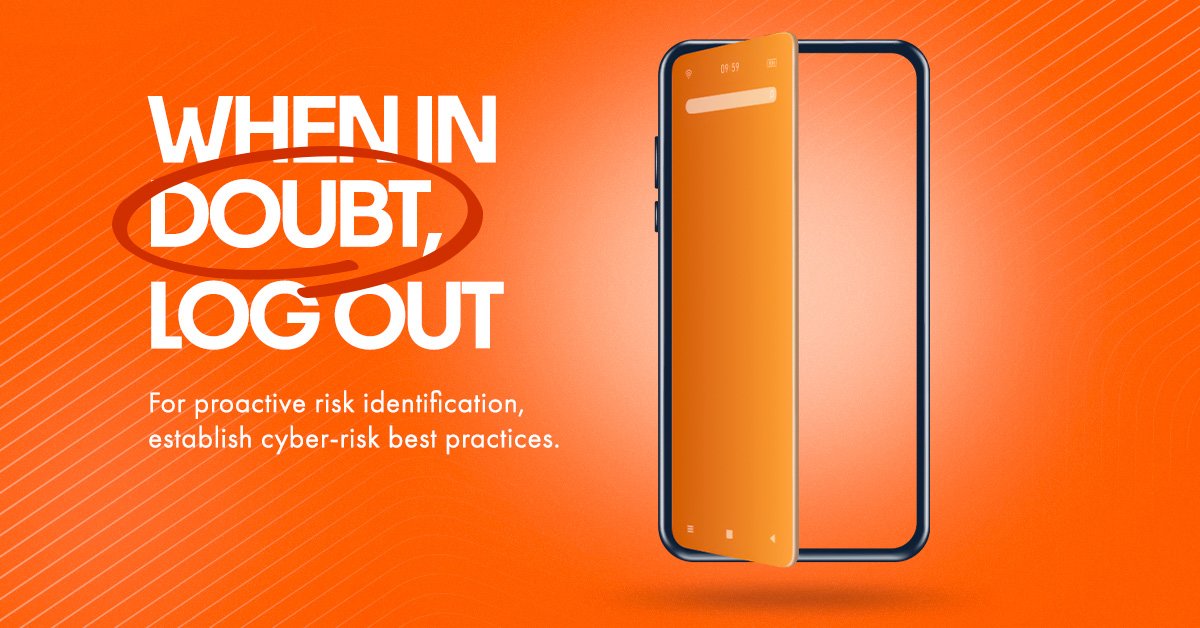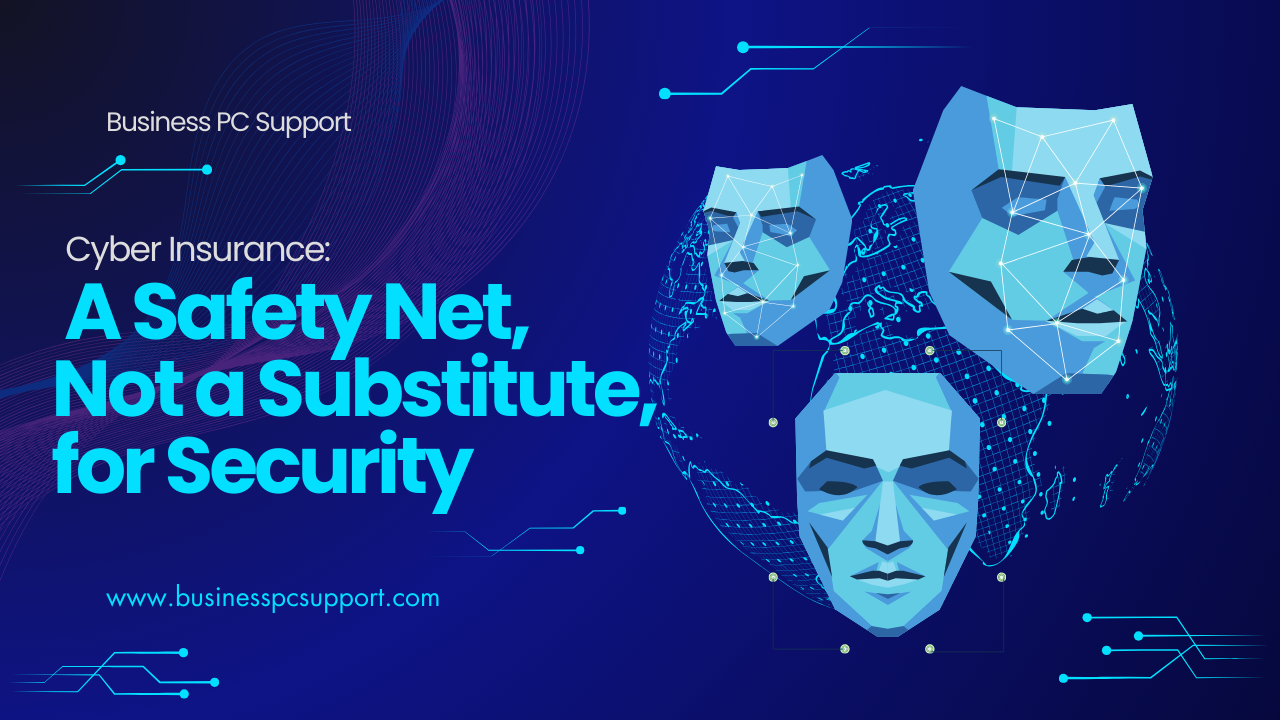When in Doubt, Log Out: Essential Cybersecurity Tips for Businesses
Table of contents
In today’s fast-paced digital landscape, cybersecurity is more critical than ever. Following cybersecurity best practices can help mitigate the growing number of cyber threats, where hesitation can be a costly mistake. If you’re unsure about the safety of an online session or activity, always remember: “When in doubt, log out.”
Adhering to cybersecurity best practices can save you from a potential security breach. But it’s just the beginning. To truly safeguard your business, implementing comprehensive cybersecurity strategies is essential.
Why Logging Out Matters
You may think logging out is a minor task, but leaving your accounts open can expose you to significant risks. Here’s why logging out is critical:
- Unauthorized Access: When you stay logged into accounts, anyone who gains access to your device can quickly steal sensitive information. This includes personal data, financial details, or even control of your business systems. Following cybersecurity best practices includes always logging out of accounts.
- Session Hijacking: Cybercriminals can exploit vulnerabilities in web sessions to take control of your accounts. Logging out after each session reduces this risk.
- Phishing Attacks: If you’ve clicked on a suspicious link or email, logging out immediately can prevent further damage while you assess the situation.
Best Practices for Securing Your Digital Assets
While logging out is an excellent starting point, there are additional best practices you should consider to enhance your overall cybersecurity. Implementing cybersecurity best practices can greatly enhance your safety:
1. Deploy Proactive Security Tools
Tools like firewalls, antivirus software, and intrusion detection systems are essential for identifying and neutralizing threats before they become full-blown attacks. These tools continuously monitor your systems for unusual activity, ensuring that you’re alerted at the first sign of trouble. These are critical elements of cybersecurity best practices.
2. Enable Multi-Factor Authentication (MFA)
Adding another layer of security through multi-factor authentication (MFA) is one of the simplest yet most effective ways to protect your accounts. MFA requires users to verify their identity through two or more authentication factors, significantly reducing the chances of unauthorized access. This forms a part of the crucial cybersecurity best practices.
3. Regularly Update Your Software
Keeping your software and systems up to date is crucial. Cybercriminals are always looking for vulnerabilities in outdated software. Regular updates patch these security gaps, making it harder for hackers to exploit your systems. Check out this guide from Microsoft on why software updates are essential for cybersecurity here. Updating regularly is part of adhering to cybersecurity best practices.
4. Educate Your Employees
Training your team is just as important as deploying tools. Many security breaches occur due to human error, like clicking on phishing emails or using weak passwords. Conduct regular cybersecurity awareness sessions to ensure your employees understand the importance of logging out, recognizing suspicious activity, and practicing safe online behavior. Cybersecurity best practices education should be a priority.
5. Back-Up Your Data
Even with the best defense systems in place, no network is 100% invulnerable. Regularly backing up your data ensures you can recover quickly from a breach or system failure. Cloud-based solutions like Google Cloud or Amazon Web Services (AWS) offer automated backup options, adding another layer of security. Data backups are an integral part of cybersecurity best practices.
Take Action Now
Cybersecurity is not something to put off until later. Every moment you hesitate increases the risk of a potential breach. Don’t wait for a disaster to happen—take proactive steps today. Whether it’s updating your software, enabling multi-factor authentication, or simply logging out of an inactive session, your actions can make a significant difference in protecting your business. Following cybersecurity best practices can avert major issues.
At Business PC Support, we specialize in helping businesses like yours implement comprehensive cybersecurity strategies. From assessing risks to deploying proactive solutions, we’re here to safeguard your digital assets. Our approach aligns with cybersecurity best practices.
When in doubt, log out. And when you’re ready to take your cybersecurity to the next level, contact us today to get started on a tailored plan for your business.
Additional Resources for Your Cybersecurity Journey
- Stay Safe Online: Learn more about cybersecurity best practices for individuals and businesses.
- Cybersecurity and Infrastructure Security Agency (CISA): Discover government-recommended strategies and alerts for staying secure online.
By following these steps and staying informed, you can ensure that your business is prepared for whatever the digital world throws at it. Adopting cybersecurity best practices is your best defense.




Comments are closed